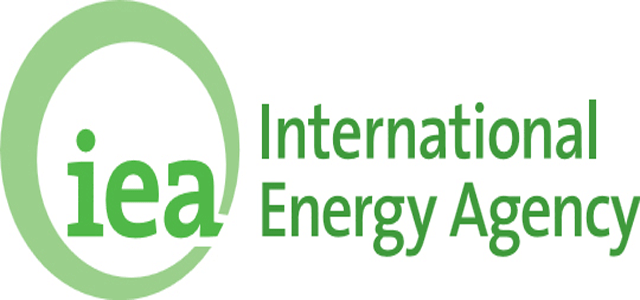The International Energy Agency (IEA) has charged governments worldwide, particularly African governments, to prioritize their strategies beyond policy measures to strengthen clean energy technology manufacturing as the drive towards cleaner environment continues to gain momentum globally.
This recommendation was contained in the recently published ‘State of Clean Technology Manufacturing’ report by the global agency.
In the report, the IEA maintained that policy frameworks were not the sole determinants of change in technology manufacturing, hence the need for other actions to encourage clean energy adoption across the geo-political regions.
According to the report, three countries, namely China, Vietnam and India, dominate the global manufacturing capacity for solar PV modules, collectively representing nearly 90% of the installed capacity.
Specifically, the agency reported that China alone accounted for 80%, while Vietnam and India contribute 5% and 3% respectively, noting that if other countries, particularly those in Africa with significant reserves of critical minerals, aspire to venture into clean energy technology manufacturing, they must develop industrial strategies that align with their national circumstances and are suited for the modern era of manufacturing.
In addition, the IEA pointed out that it was crucial to assess relative strengths, competitiveness, and the potential to establish complementary strategic partnerships, adding that these factors should be integral considerations within industrial strategies aimed at promoting clean technology manufacturing.
The agency maintained that it had become particularly important for African countries due to recent efforts by stakeholders to encourage their involvement across the entire value chain of clean technology manufacturing. Previously, the focus had primarily been on mining activities, but now there is a growing drive to expand into other aspects of the sector.
The report indicated that governments aiming to promote domestic manufacturing had the opportunity to simultaneously drive local demand for clean energy technologies, stressing that they can achieve this by providing incentives for the purchase of electric vehicles, among other measures.
In this regard, the IEA pointed out that establishment of strategic partnerships became crucial as countries must identify their unique strengths within the clean energy technology manufacturing ecosystem and leverage them effectively.
Collaboration with other nations possessing different strengths can be mutually beneficial and enhance overall competitiveness. For African countries, the African Continental Free Trade Area (AfCFTA) plays a significant role in facilitating such collaborations and synergies.
The IEA report stated in part: “Each country will need to carefully consider their own individual circumstances to assess where in the supply chain to specialize domestically, and where it might be more effective to establish strategic partnerships or to make direct investments in other countries.
“One of the major differentiators in the competitiveness of energy-intensive industry sectors in different countries, and thus their attractiveness for manufacturers, is the cost of energy. This is especially true for natural gas and electricity, the prices of which vary significantly between countries”, the IEA added.
The report further emphasized that industrial competitiveness in emerging markets is not solely determined by energy costs. Several contextual factors play a significant role in shaping the competitiveness of new manufacturing ventures.
It listed the factors as including access to local customers and the size of the domestic market can attract new manufacturing development, opportunities to capitalize on synergies with existing industries or leverage the skills of an existing workforce, and favourable regulatory context, particularly in terms of permitting times.
Others are competitive labor and capital costs, availability of enabling infrastructure to support manufacturing operations, and prospects for future development, which can serve as incentives for investment.
The agency reported that considering these factors alongside energy costs remained crucial in evaluating the overall attractiveness and viability of a region for clean energy technology manufacturing.






